February 15th, 2024
In the playground, a child found himself captivated by the assortment of big blocks nestled inside a wooden bin. With a gleam in his eye, he hurried over to investigate, reaching eagerly for the blocks. Intrigued by the child's actions, his friend joined in, and together they emptied the bin, revealing a treasure trove of large blocks. Excitement filled the air as both children began arranging the blocks, creating a pathway to explore. As the bin lay empty, the child's imagination took flight, and he claimed it as his own, declaring it to be his “bus”. When their teacher praised his creativity, he smiled and proudly said ”it is my bus”!
Belonging: The playful exploration of the blocks exemplifies the principle of belonging. Collaborating with his friend, he experienced a sense of connection and inclusion. Transforming the bin into a “bus” the child demonstrates autonomy and creativity, fostered by a supportive environment. Through this joyful learning experience he not only learns but also strengthens his sense of belonging and identity.
Engagement: The child's lively exploration of the blocks illustrates the engagement principle. Collaboration with his friend, he demonstrated deep involvement with the learning experience. Imaginative play, transforming the bin into a bus, highlights his intrinsic motivation and creativity, fostered by the supportive environment. Through this interactive experience, he not only learned actively but also developed a lasting enthusiasm for discovery.
Expression: His engagement with the blocks exemplifies the expression principle as he transformed the bin into a bus, He freely expressed himself, exploring his imagination and autonomy. He gained confidence in expressing his ideas, setting the stage for future learning and self expression
.
Well-Being: This outdoor experiences demonstrated the well-being principle as the child enthusiastically explores and creates. Furthermore, teamwork with his friend fostered his emotional and cognitive development. Creativity flourished, contributing to the child's overall well- being and love for outdoor exploration.
Written by: Claudia Varela RECE
Jan 5, 2024
We laid out a variety of sensory textures on the blue table cloth that was placed along the floor to represent the different textures that a vehicle could potentially go through: slush, mud, snow and water. A child spotted the large cloth with the different sensory textures being laid out and came running over to say, “my turn, my turn.” I replied, “yes, but first let's take off your shoes and socks.” When she was ready, she grabbed onto Ms. Jessica’s hand and slowly made her way across the “slush” she looked over to me and said “gross, I don't like it.” She continued to walk through to the next textured road, while Ms. Jessica followed behind to guide her. Once she got to the snow, she looked up and said “ cold, I don't like it.” I replied, “Okay, let's clean your feet off.” She dipped her feet into the water, when her feet were all cleaned up, we lifted her body onto a dry towel. Standing over to the side of the different textures, she would look up and down the pathway. The child then said “I do again.” Going back to the start of the different textures, her hands touched the slush-like texture. Holding it up in the air, she said “it’s too hot to touch.”
Belonging: She felt secure in walking through the various textures and relied on our encouragement and body language to trust us during this.
Engagement: She explored these new open ended materials at her own pace and was able to show perseverance to feel each new texture.
Expression: She communicated how the different textures felt cold or hot. She was also able to express that she didn’t like certain textures.
Well-Being: She was able to take on these new challenges by being persistent and adapting to these various textures that she had to walk through.
By: Christine, RECE


